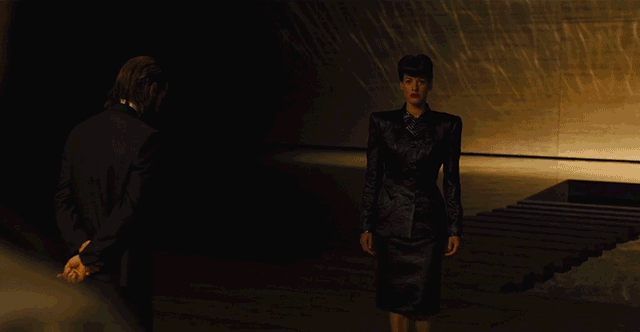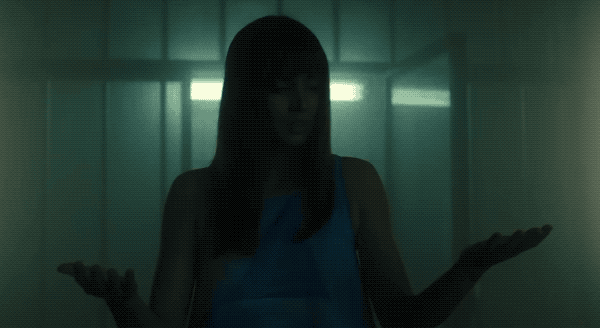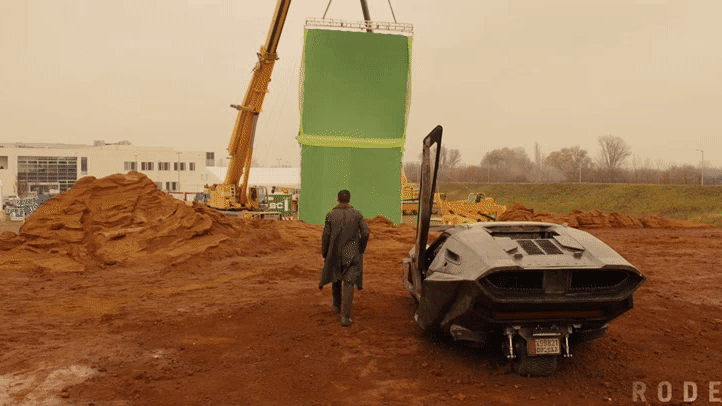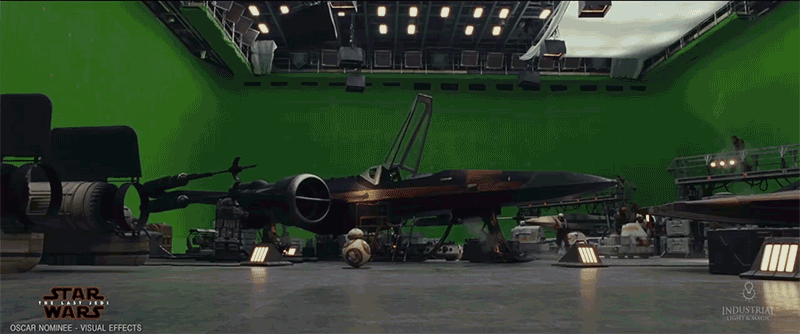Week 1 – An introduction to compositing
Compositing helps artist do accurate replacements of effects and accomplish layers of effects coming from different sources into one frame seamlessly, every lighting, colour and roto-scoping must be compatible in order to achieve the elimination of the illusion effect or in some case, the uncanny valley.
A good resource for all things Nuke – Nukepedia
Compositing Practices 101 – Nukepedia
Examples in films
Blade Runner 2049 (Villeneuve, 2017)

Deckard meets ‘Rachael’ again after 30 years

Joi experiences rain for the first time

Las vegas in 2049
Star Wars: The Last jedi (Johnson, 2017)

Rebel base attack
Rogue One: A star Wars Story (Edwards, 2016)

Jyn infiltrating an empire base
Everything Everywhere All At Once (Daniels, 2022)

Evelyn confronts Joy
Tron: Legacy (Kosinski, 2010)

The Grid
Week 2 – Organization & Roto
Rotoscoping is a frame by frame technique in animation to bring characters into layers of drawn backgrounds, in which evolved to becoming a VFX tool used to hide wires from stunt work and creating digitalised worlds.
Max Fleischer – Inventor of The Rotoscope Machine

The rotoscope machine being introduced by Fleischer in 1915.
Fleischer pioneered the development of cartoon animation and was responsible in bringing iconic characters to life such as Koko the Clown, Betty Boop and Popeye.
- Koko the Clown (1918)
- Betty Boop (1930)
- Popeye (1929)
Rotoscoping in Nuke
It’s always best to find the sharpest frame of what you’re trying to roto out, in this case the two balls in the center frame and the two glass roofs that doesn’t hinder with the the edge or any other objects that might interfere within the visibility of the subject.
It is also recommended to go in between frames using the command ‘Control + Left or Right’ that takes you to the halfway point of the frames (e.g.frame 90 to 45, 45 to 23, 23 to 12 etc.) to help with the auto-rotoscoping instead of doing every frame unless the object you’re trying to roto out is specifically small or in constant change in shapes when viewing from multiple perspectives, the balls below are the best example for this exercise.
Balls



Using the B-Spline tool to quickly make out the curved shape from the balls, the lesser points on each angle, the better.
Top view of the architectures



Using the Cusped Bezier tool as they both have straight lines and doesn’t shift to any curved lines on the edges
Week 3 – Complex Roto
Compared to last week’s exercise, we now move on rotoscoping out also a single object of a hand, but the finger movements and blur has become a much more complex process.


Instead of rotoscoping the outline of the entirety of an object like a ball or a roof, we’ve add different sections of rotoscoping in the finger because the different frames will have the finger moving sideways and each joint/pivot will have a slight shift so instead of doing a new roto, we can use the existing outline we’ve rotoscoped and rotate to help save time.

The nodes are identical to to previous exercises, the only difference comes in the rotoscoping, as we add more feathering to show the blur more effectively.
Full body roto & Stencil

Week 4 – Basic Keying
Avatar (Cameron, 2009)

Star Wars: Revenge of the Sith (Lucas, 2005)

District 9 (Blomkamp, 2009)

Week 5 – Colour and grading
Week 6 – Tracking in Nuke
Week 7 – Cleanup and patch repair
Week 8 – Key skills recap – Launch Brief Part 1
Planar Tracking & Logo change
Marker Tracking






